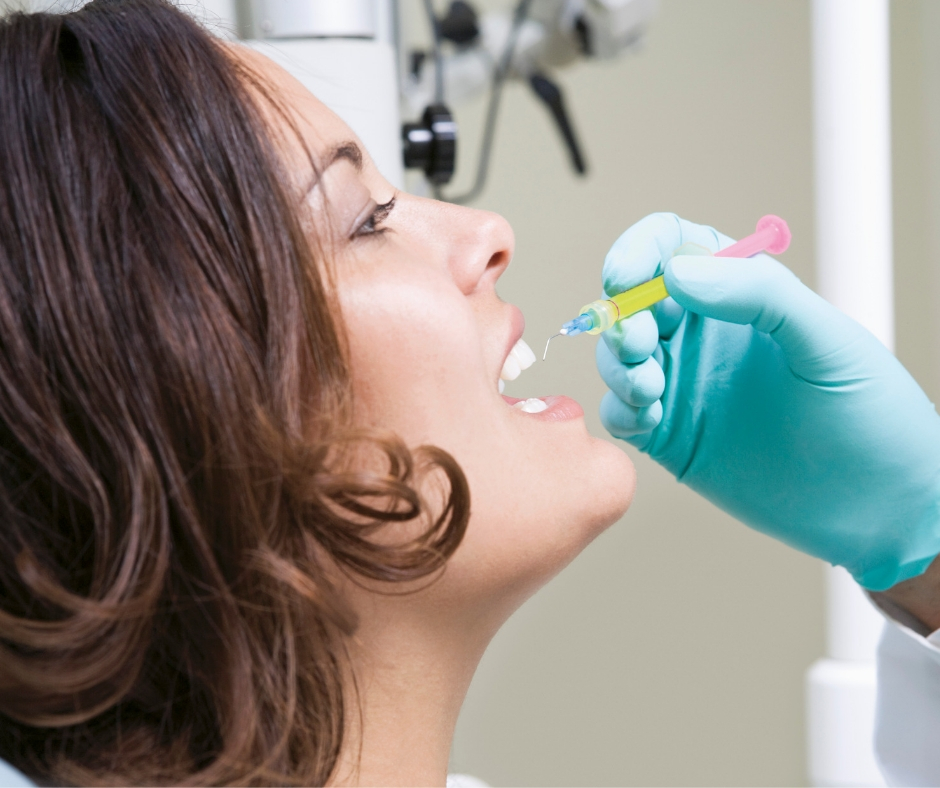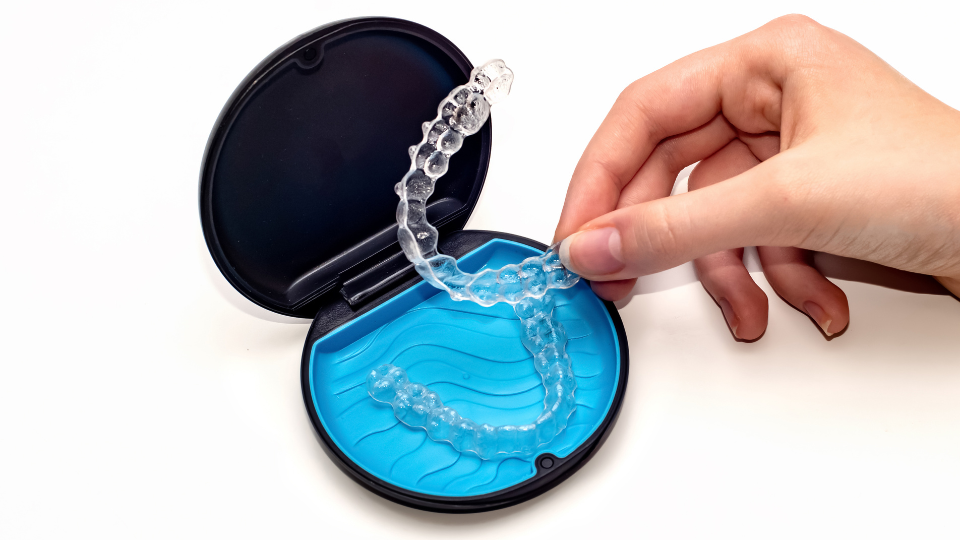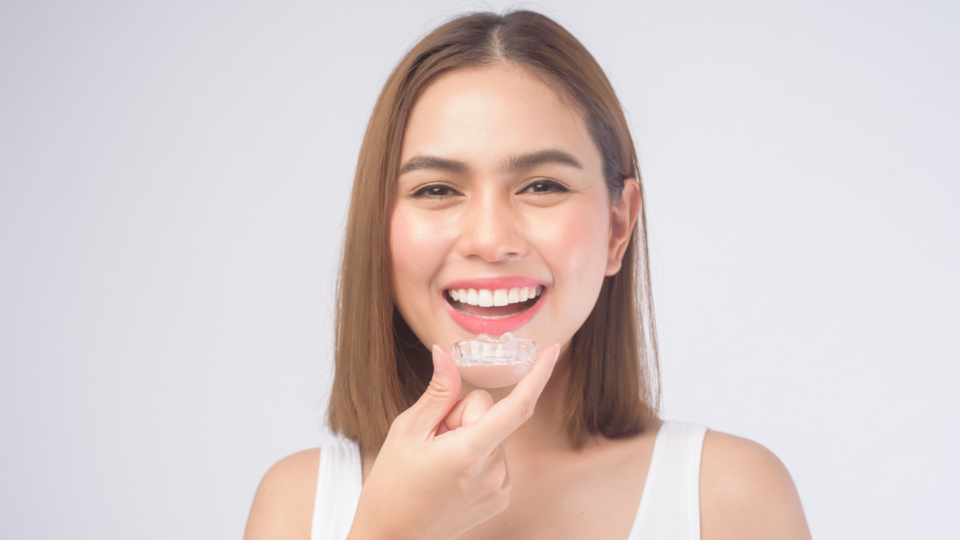What to Expect in the First Four Weeks with Invisalign Treatment

Invisalign vs. Braces: Pros & Cons
May 24, 2019
How Surgical Guides Can Transform Your Dental Care Experience
August 21, 2019What to Expect in the First Four Weeks with Invisalign Treatment
 Dr. Prashant Rao, DDS, a Charlotte native and NYU-trained dentist, specializes in esthetics, dental implants, and preventative dentistry.
Dr. Prashant Rao, DDS, a Charlotte native and NYU-trained dentist, specializes in esthetics, dental implants, and preventative dentistry.
Key Takeaways:
Initial Adjustment and Discomfort:
During the first two weeks of Invisalign treatment, patients may experience snug aligners, discomfort, and a slight lisp. These issues typically improve as patients get used to the aligners.
Oral Hygiene and Maintenance:
It is important to maintain good oral hygiene by removing the aligners while eating or drinking anything other than water, and brushing and flossing before reinserting them.
Consistent Wear and Monitoring:
For effective treatment, aligners should be worn for about 22 hours a day, with new sets usually introduced every two weeks.
Invisalign treatment offers an effective alternative to traditional metal braces for many patients, and they’re a preferred choice for multiple reasons. They’re clear, removable, and unobtrusive. Clear aligners work well for straightening crooked teeth, fixing underbites, overbites, and other types of malocclusion. Once you go through a consultation process and get fitted for your aligners, the next step is to see your dentist to receive your first set of Invisalign aligners.
Wondering what you should expect in those initial weeks of Invisalign treatment? Here’s a closer look at what you’ll probably encounter during those first four weeks, so you’re prepared.
Weeks One and Two with Invisalign Treatment
 During that first week of Invisalign treatment, expect your aligners to be very snug. Your dentist will show you how to take them in and out, but it may be a bit difficult at first. Removing your aligners will become easier over time as the aligners loosen up. Since the aligners are designed to begin actively moving your teeth, you’ll likely feel some discomfort for the first few days. However, most people find that the soreness wears off after the first week.
During that first week of Invisalign treatment, expect your aligners to be very snug. Your dentist will show you how to take them in and out, but it may be a bit difficult at first. Removing your aligners will become easier over time as the aligners loosen up. Since the aligners are designed to begin actively moving your teeth, you’ll likely feel some discomfort for the first few days. However, most people find that the soreness wears off after the first week.
You may also notice that you speak with a slight lisp during the first week of wearing your aligners. This could last a week or two until you become used to having them in your mouth.
Some people also end up with a sore tongue because they subconsciously keep moving it over their aligners. If you catch yourself doing this, try to make a conscious effort to stop to avoid irritation. In other cases, the aligner may rub on an area of your gums and cause irritation. If this occurs, call your dentist. The edges can be trimmed to make them more comfortable for you.
When you get your aligners, your dentist will instruct you on keeping your teeth and your Invisalign aligners clean. It might take a little getting used to as you build up your oral hygiene habits. First, it’s essential to make sure you take out your aligners when eating or drinking anything other than water. After any meal or snack, you must brush and floss before putting the aligners back in. Otherwise, bacteria, plaque, and food can get into your trays, trapping this next to your teeth and gums where they can cause damage. You’ll also need to clean your aligners. Talk to your dentist about the best ways to keep your aligner trays clean.
For most people, by week two, any discomfort is wearing off and they’re used to popping aligners in and out and caring for them properly. If you’re still feeling a lot of pain by the end of your second week, it’s a good idea to contact your dentist.
Weeks Three and Four
Most people will start wearing a new set of aligners every two weeks. You’ll likely be wearing your second set of aligners in week three of your Invisalign treatment. Once again, within the first day or two, you may notice a little discomfort as you get used to the new aligner trays. They’ll be a bit tight again, but you should be used to popping them in and out without a problem at this point.
Just remember, it’s essential to make sure you’re wearing your Invisalign aligners about 22 hours a day. You should only take them out to eat, brush your teeth, or for other short periods as necessary. You won’t need to change your diet, just make sure you continue to brush after you eat (or drink anything other than water) before replacing your trays, even if it takes a little extra time.
If you have any questions about your aligner trays or you’re dealing with discomfort during your Invisalign treatment, feel free to give us a call at Cedar Walk Dentistry. We’ll be there to help you through every step of this process, and we’re happy to address questions or concerns. It’s also important to make sure you come in for regular checkups throughout your treatment, so make sure you book your next appointment with Cedar Walk Dentistry today.
Practice Recognitions
Recent Posts
- How Long Do Same-Day Crowns Last?
- Top Cosmetic Dental Procedures: Start 2025 With a New Smile
- What is a Zirconia Crown
- How To Know If You Need a Root Canal
- Invisalign FAQ: Your Top Questions Answered!
- Invisalign vs. Smile Direct: What Is The Difference?
- Itchy Gums: Causes, Relief, and Prevention
- The Benefits of Dental Implant Surgical Guides
- Wisdom Teeth Removed: 5 Signs You May Need to Remove Yours
- Tips For Wisdom Teeth Pain Relief: All You Need To Know




